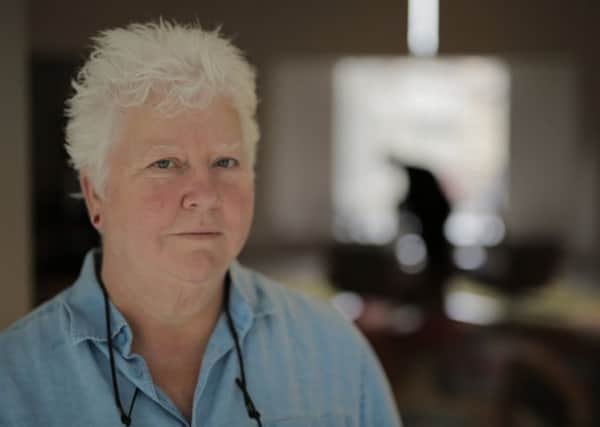Book review: How The Dead Speak, by Val McDermid


There are numerous plot lines in this novel, and they are elegantly choreographed and intertwined. We have Tony writing his work on forensic psychology and trying to find a way to do good behind bars. Carol has a double plot. Tony’s almost psychopathic mother wants her to help find a financial scammer who has robbed her, and another nemesis, the defence barrister Bronwen Scott, also wants her help in a new venture about miscarriages of justice. One might have thought that was enough for one novel, but the old team have something rather bigger to deal with. In a former convent school for “troubled” girls, the developers who bought the site have unearthed human remains. To be precise, 40 skeletons in the garden, and metaphorically, more in the closet. (It is worth noting how McDermid’s work on forensics, about which she has written a non-fiction book, comes into play here. How do you know how many buried bodies? Simple: count the skulls). To further perplex and entangle matters, we know from the very outset of the novel that there is also a serial killer, and, as convenience would have it, has been using the same disused convent to dispose of the victims. Despite these very disparate elements, the whole coheres through some very deft plotting.
One thing that unites the book is that each chapter has an epigraph from Tony Hill’s book, Reading Crimes. Is this proof that he will make it through the denouement, or is it a posthumous publication? The title of the fictional book is also clever, since we are literally reading about crimes. There is also a sly twist. This is a novel much concerned with education, about how it can liberate and how it can be used as a weapon. Reading is a radical proposal in the book, whether one is talking about historic abuses, the low rate of literacy in prisons, or the “reading” of things that are not books, whether they are situations, human remains or data-sets. This kind of thematic chiming holds the book together, which is quite an achievement when your two principal characters, whose interactions have been so key to previous novels, are not able to converse.
The other thematic chord involves, as it usually does in McDermid’s work, the nature of power and the abuse of power. The aged nuns and the serial killer both operate under the idea that their selflessness allows for moral exemption. It would be too much of a spoiler to say much more about the villain (introduced early on), but there is a parallelism between the cases. It would have been easy to do a hatchet job on the Catholic Church, but some of the novel’s most moving scenes involve the elderly nuns, and McDermid does fine work actualising and humanising. At one point, when being interviewed, one of the sisterhood says “the nuns under her supervision are obliged to put away their God-given free will and accept the need to obey in all things”. Any concerns would be taken to the priest and would be under the seal of the confessional. McDermid makes the thinking logical if not empathetic. In both the plot-lines, there is a sense of how dangerous it is to decide that you can make people better, by any means necessary.
As with most contemporary crime fiction, there is a tension between revelation and justice. It is handled in a sotto voce way here. Proof is not hunch. Escaping the law is not the same as being held to account by the law. The law, also, fails. I do not think it is any kind of spoiler to say that McDermid fashions a finale which tees up the next thriller in this sequence admirably. It is also almost comical in places. In one of Tony Hill’s excerpts, he writes: “In crime fiction, the culprit is generally the least likely person. In real life, the opposite holds true. Usually, it’s the most obvious person”. Is it the most obvious person here? I leave that for you to enjoy. But staring you in the face is never a good look. Stuart Kelly
How The Dead Speak, by Val McDermid, Little, Brown, £18.99. Val McDermid is appearing at the Edinburgh International Book Festival on 12, 13, 14 and 15 August